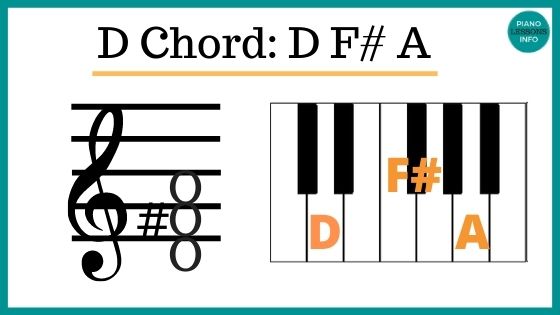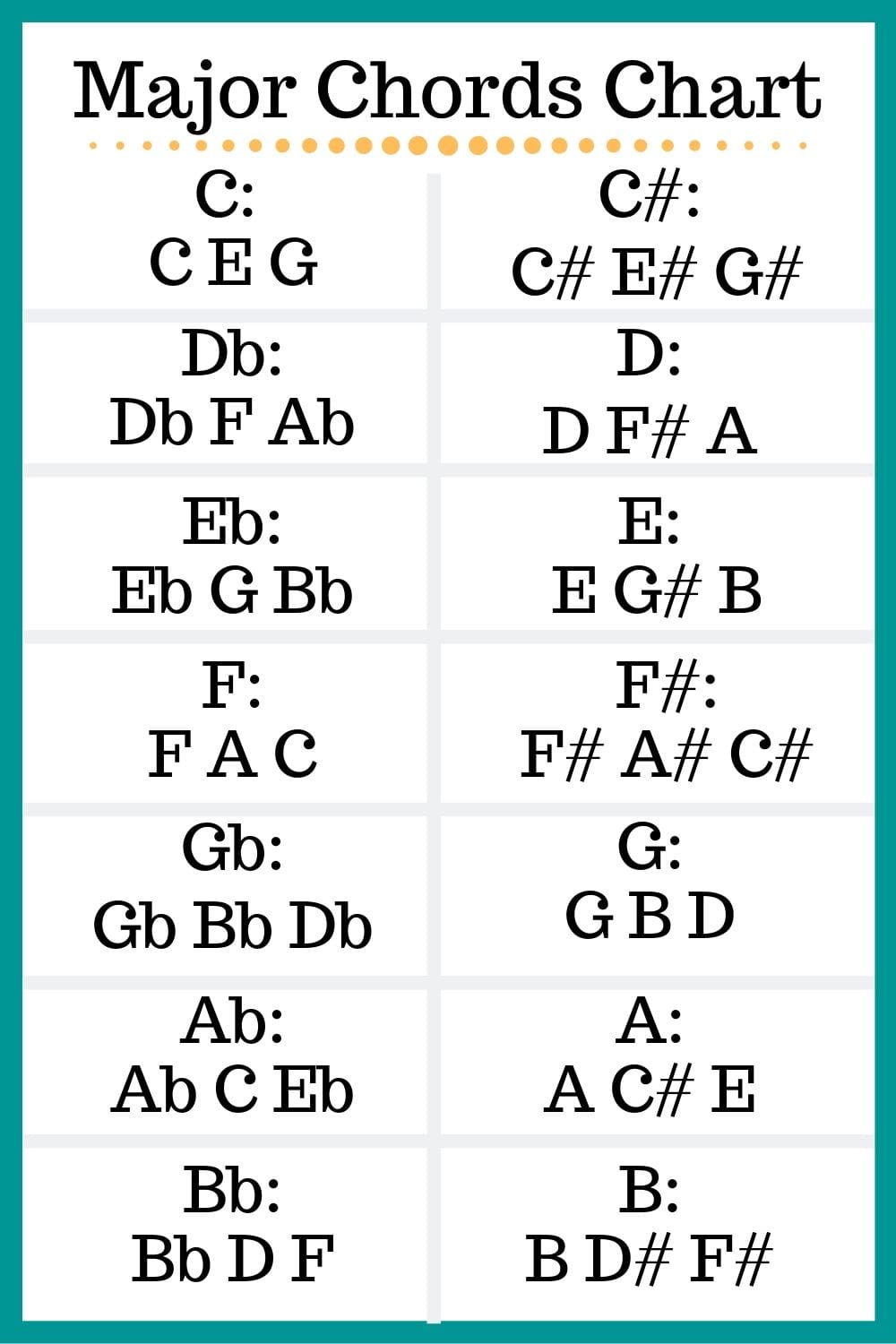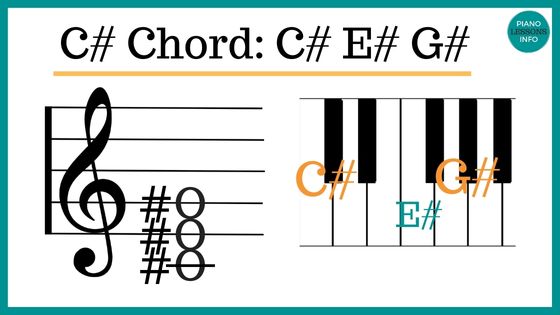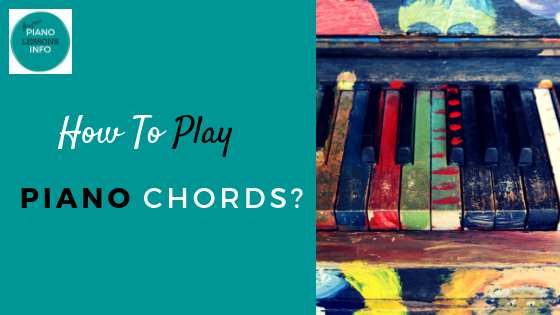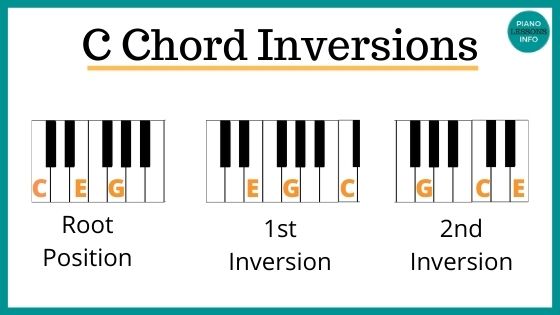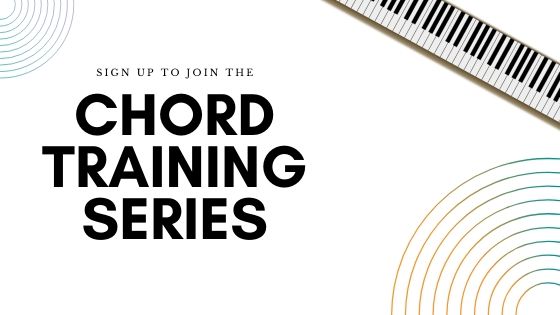How To Play G Chord on Piano (G Major Chord)
The G chord on piano is made up of three notes: G B D. This is a major chord - G major chord.
Here you'll find a G chord diagram, learn the fingering, notes, inversions and some basic theory for the G major chord. You can also find out what G/B and G/D means.
G Chord Piano Notes
 G Chord Diagram
G Chord DiagramThe G major chord has the notes G, B and D.
These notes can be played in any order but it's a good idea to keep G as the very lowest note - for example, in your left hand.
I generally play the chord in my right hand and a G as a bass note in my left hand.
When you're just beginning, you play this chord generally in root position, as written in the picture above.
How to Play the G Chord on Piano (video)
This video will show you how to play the G chord and what it should sound like.
Piano Fingering for the G Chord
The best fingers to use in root position - G B and D in that order - is your thumb, middle finger and pinkie. In your right hand, the finger numbers are 1 3 5.
In your left hand the finger numbers are 5 3 1 but that is still your pinkie, middle finger and thumb.
Later on, you don't need to strictly adhere to this fingering but in the beginning, it is good to learn to play chords in root position with these fingers. It builds muscle memory that will help down the line.
G Piano Chord Inversions
You can play the G chord in different positions - called inversions. This is the next step after you're comfortable with root position.
Below are the different positions or inversions for the G chord on piano.
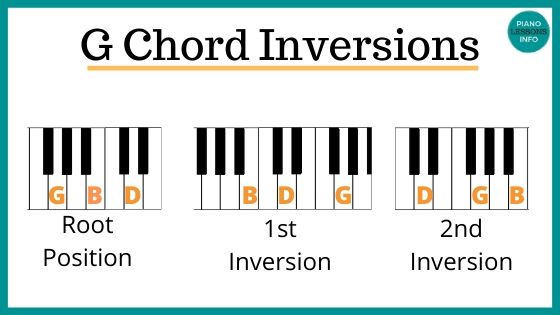
Root position: G B D
First inversion: B D G (fingers 1 2 5 - RH)
Second inversion: D G B
You can learn more about practicing inversions and how to practice them here.
G/B Piano Chord
If you see the chord G/B, this means to play the G chord with B as it's lowest note.
So on the piano, you'll play the G chord in the right hand and B as the left hand note.
Or if you're playing the chord in your left hand, play the first inversion of the chord so that B is at the bottom. The key is that B needs to be the lowest note you play in the left hand.
G/D Piano Chord
If you need to play G/D, this means to play the G chord with D as the lowest note.
To play this, you can play the G chord in your right hand and a D as the left hand note.
If you want to play the chord in your left hand, play the second inversion of the chord. The most important thing to do here is to have D as your lowest note or your bass note.
G Major Chord Theory
The G major chord is based off of the G major scale.
A major chord has the formula of 1 3 5 - meaning you play the 1st, 3rd and 5th notes of the scale, in this case, the G major scale.
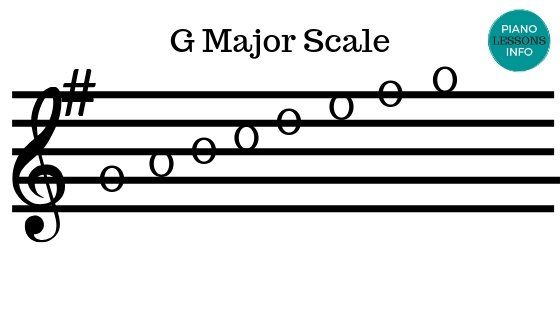 (Notes are: G A B C D E F# G)
(Notes are: G A B C D E F# G)So for the G major chord, you play the first note of the scale - G. Then the third note of the scale - B and then fifth note - D.
That is how the G chord is made and the G scale is it's foundation.
Want to Learn More Chords?
Free Download:
Ultimate Chord Cheat Sheet

Subscribe below and get free access to the (printable) Ultimate Chord Cheat Sheet.
FAQ for the G Piano Chord
What is the G major chord?
What is the G major chord?
The G Major chord is a triad, which means it is made up of three notes. The notes that make up the G Major chord are G, B, and D.
Are there variations of the G major chord?
Are there variations of the G major chord?
Yes, there are standard variations in the first and second inversions that we talked about above. In piano, it is also worth noting that you can play these notes anywhere. They don't need to be in a particular order aside from keeping the bass note as the lowest note.
What does the G chord look like in a song.
What does the G chord look like in a song.
The chord symbol for the G major chord is a capital G - "G". If you see G written above lyrics or a written music, it's referring to the G chord.
What keys do you find the G chord in?
What keys do you find the G chord in?
The G major chord is very common and found in the keys of:
- C major
- G major
- D major
- A minor
- E minor
- B minor
What hand do I play the G piano chord in?
What hand do I play the G piano chord in?
The G chord doesn't need to be played in a particular hand. Instead, you need to be focused on playing the notes of the G chord - G, B, D - on the piano at the same or close to the same time.
This could mean you play the chord as a block in your right hand or left hand. Or split it up between the two.
How can I practice transitioning between the G Major chord and other chords?
How can I practice transitioning between the G Major chord and other chords?
You can practice common chord progressions such as G to C, G to Em, or G to D. Slowly practice moving between these chords until the transitions become smoother. Note that learning and playing these chords in inversions will make things easier.
Is the G Major chord the same on other instruments?
Is the G Major chord the same on other instruments?
The notes of the G major chord (G, B, D) are the same no matter what instrument you are playing. This is more music theory rather than instrument related.
However, the way you play it varies depending on the instrument's mechanics and layout. Guitar players will play the G chord in the specific position while piano players can play it on any notes, anywhere, on the piano.
That's really all you need to know about the G major chord on the piano.
Recent Articles
-
Piano Notes Chart
Nov 20, 23 10:21 PM
Find a piano notes chart for treble clef and bass clef notes as well as the different types of notes. -
D Chord on Piano + Diagram, How To & Theory
Oct 24, 23 12:20 AM
Learn how to play the D chord on piano with diagram, fingering, D/A, D/F# and a theory explainer. -
Diminished Piano Chords: Chart & How to Make Them
Oct 09, 23 09:23 PM
Learn the different diminished piano chords and how to make them. Here you'll find both a diminished chord chart and an explanation.
Free Download:
Ultimate Chord Cheat Sheet

Subscribe below and get free access to the (printable) Ultimate Chord Cheat Sheet.



